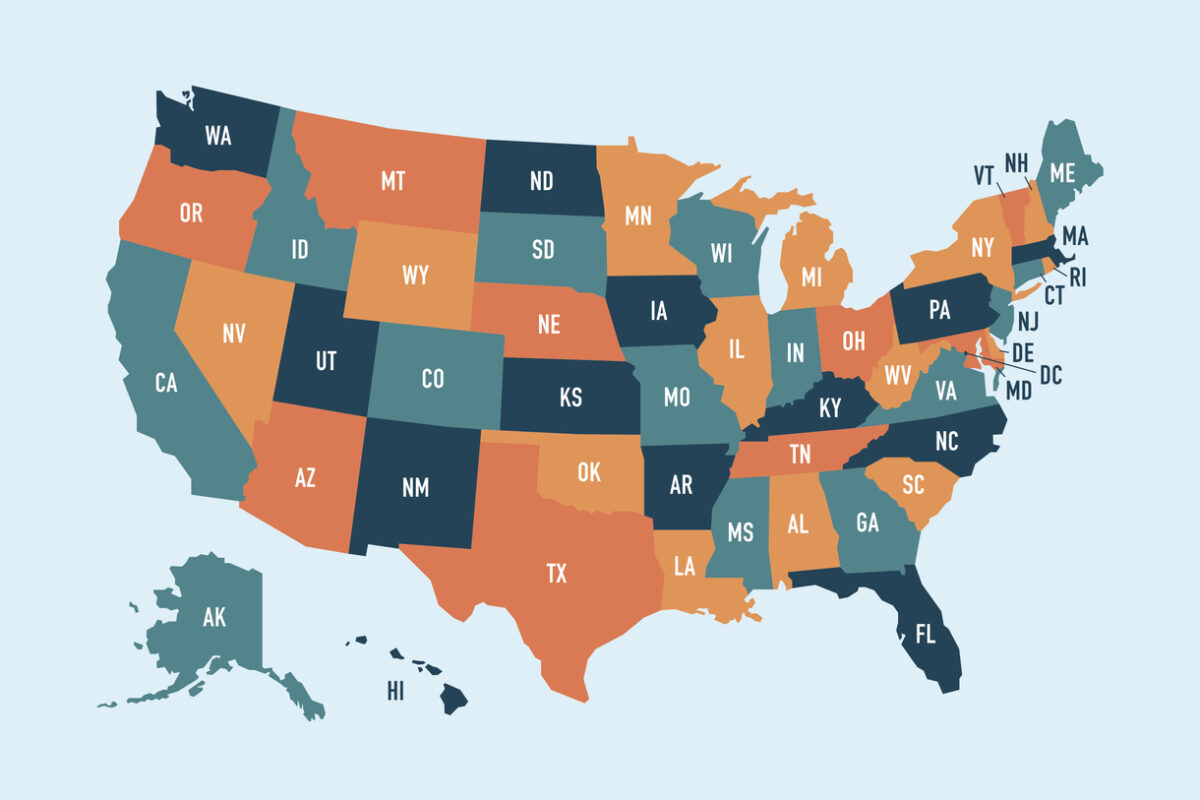Online Isn’t Optional: Student Polling on Access to Internet and Devices
Published May 27, 2021
Whether Remote, In-Person, or Hybrid, College Students Need Reliable, Fast, and Affordable Internet and Devices to Succeed
WASHINGTON, DC (Thursday, May 27, 2021) – Even as vaccine rollouts allow many institutions to resume in-person instruction, college students continue to access learning resources, connect with faculty and staff, and complete coursework online. Regardless of what form classes take in the months and years ahead, one thing is clear: internet connectivity is essential to those with aspirations of a college degree.
While better data would allow a more extensive assessment of which students have consistent and reliable access to broadband and internet-enabled devices, a brief released today by the Institute for Higher Education Policy (IHEP) leverages available data to highlight disparities in access reported by students of color, students from low-income backgrounds, and students who are caretakers. Based on polling data collected by New America and Third Way, Online Isn’t Optional: Student Polling on Access to Internet and Devices outlines which students are facing the gravest technological challenges, including the lack of reliable internet connection and the need to share devices with others in their household, both of which limit their ability to consistently participate in higher education. As one example of the inequities in barriers internet accessibility can pose, approximately 60 percent of Black and Latinx students, and students with a reported household income of less than $50,000 face significant cost in affording internet, while only 50 percent of White students or 47 percent of students with reported income of $50,000 – $100,000 so report.
“In 2021, students need reliable, fast, and affordable internet connections and internet-enabled devices if they are to succeed in higher education,” said Mamie Voight, IHEP’s interim president. “The distinct and disheartening differences in internet and device access according to race, income, and caregiving status are a matter of equity. To better serve these students, in addition to students in rural areas, institutional leaders and policymakers must recognize that technology is a necessity and build or strengthen sustainable connectivity.”
“Too many students are unable to access internet or internet-enabled devices today, either because of cost or lack of broadband infrastructure,” added Kimberly Dancy, Research Associate. “As technology becomes increasingly important to college completion, it is increasingly urgent to address these unnecessary barriers to full participation in higher education.”
Online Isn’t Optional: Student Polling on Access to Internet and Devices provides recommendations for institutional leaders and policymakers to ensure that students are able to connect, continue, and complete their education. Recommendations for institutions and the U.S. Department of Education include accounting for technology costs in financial aid and cost of attendance, collecting and publishing disaggregated data regarding student access to reliable internet and technology, and strengthening broadband and technology support for students.


